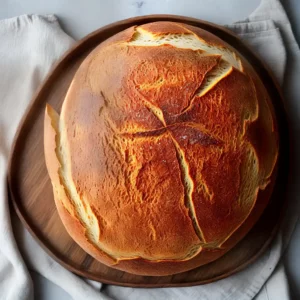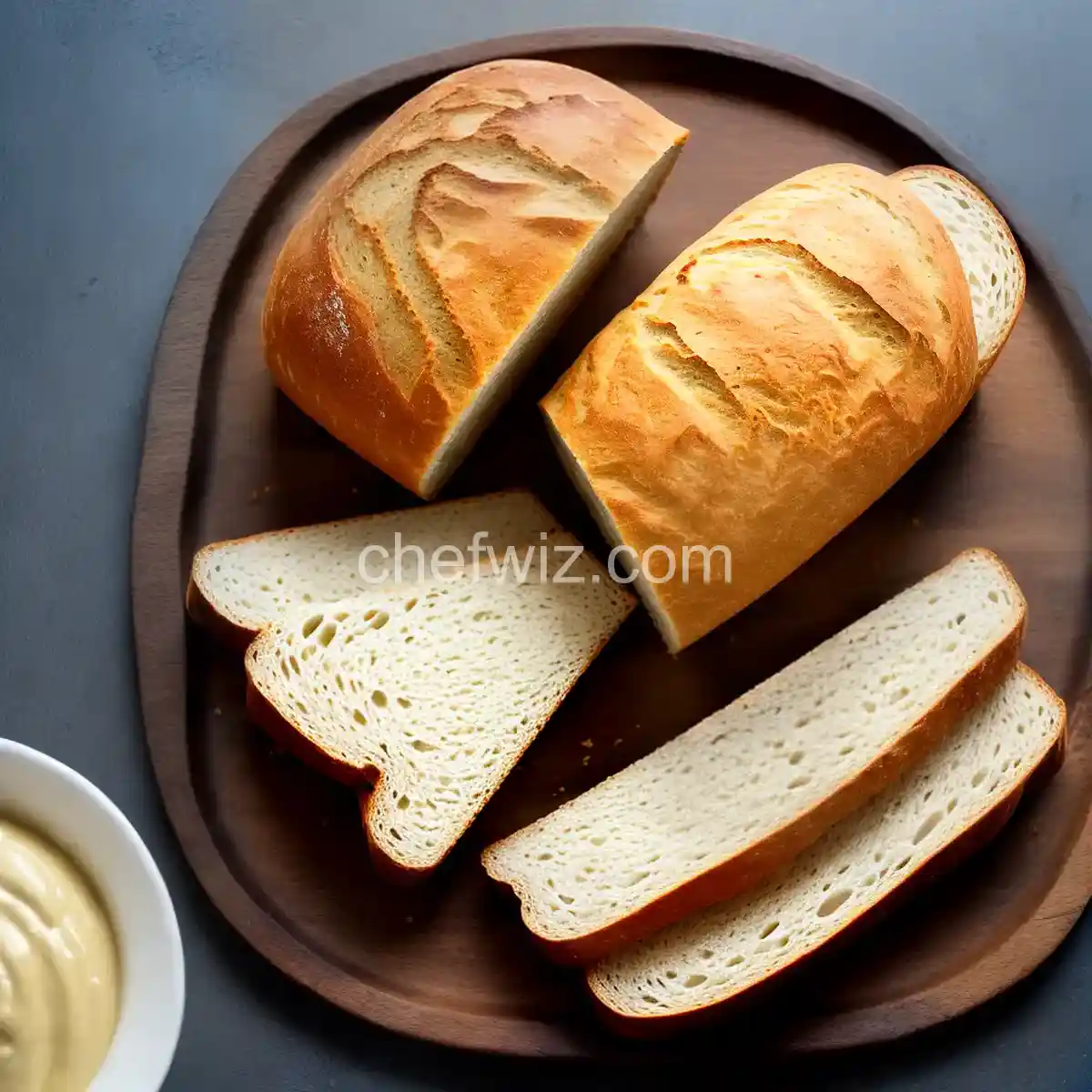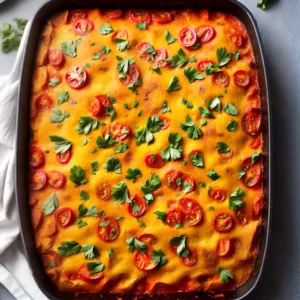Long-Fermentation Sourdough Bread: Unlocking the Magic of Time
Have you ever tasted a slice of sourdough bread with its tangy flavor and chewy texture, and wondered what makes it so special? The secret lies in the long fermentation process, where time and patience work together to create a bread that is not only delicious but also easier to digest. In this article, we will explore the art of long-fermentation sourdough bread and how it can transform your baking experience.
The Magic of Time
Imagine savoring a warm slice of sourdough bread that has been carefully crafted over several days. The long fermentation process allows the dough to develop complex flavors, thanks to the natural yeasts and bacteria present in the sourdough starter. As time passes, these microorganisms convert the carbohydrates into lactic acid, which gives the bread its characteristic tanginess.
Benefits of Long-Fermentation
Not only does long-fermentation enhance the flavor of sourdough bread, but it also offers several other benefits. The longer fermentation period helps break down gluten, making the bread easier to digest for those with gluten sensitivities. Additionally, the slow fermentation process allows the dough to develop a beautiful open crumb structure, resulting in a light and airy loaf.
The Role of the Sourdough Starter
A sourdough starter is a mixture of flour and water that has been fermented with wild yeast and lactic acid bacteria. This living organism is what kickstarts the fermentation process in sourdough bread. As you feed and nurture your sourdough starter over time, it develops a unique balance of microorganisms that contribute to the flavor and texture of the bread.
Patience and Timing: The Key Ingredients
Long-fermentation sourdough bread requires patience and precise timing. It begins with refreshing your sourdough starter and allowing it to become active. Once your starter is ready, you mix it with flour and water to create the dough. The dough then goes through a series of folds and rests, allowing the gluten to develop and the flavors to deepen. Finally, it undergoes a slow, overnight proof in the refrigerator, giving it that distinct sourdough taste.
The Art of Baking
Baking long-fermentation sourdough bread is a true art form. From feeling the texture of the dough to observing its rise, every step requires attention to detail. The process is as much about intuition as it is about following a recipe. As you become more familiar with the nuances of fermentation, you’ll be able to adapt and modify your technique to create your own unique loaves.
In Conclusion
Long-fermentation sourdough bread is a testament to the power of time and patience. It is a journey that starts with a humble sourdough starter and ends with a beautiful loaf that is both nourishing and delicious. So, embrace the magic of time, and let the flavors of long-fermentation sourdough bread transport you to a world of culinary delight.
Frequently Asked Questions
Q: How long does the fermentation process take?
A: The fermentation process for sourdough bread can range from 12 hours to several days, depending on the recipe and desired flavor profile.
Q: Can I use store-bought yeast instead of a sourdough starter?
A: While you can use store-bought yeast for bread baking, it won’t give you the same depth of flavor and texture as a sourdough starter.
Q: Is it necessary to refrigerate the dough overnight?
A: Refrigerating the dough overnight allows for a slow fermentation process and enhances the flavor of the bread. However, you can experiment with shorter proofing times if desired.
Q: Can I make long-fermentation sourdough bread without gluten?
A: Yes, you can make gluten-free sourdough bread using alternative flours such as rice flour, buckwheat flour, or a gluten-free flour blend.
Q: How do I know if my bread is fully fermented?
A: One way to test if your bread is fully fermented is by performing the “poke test.” Gently press your finger into the dough, and if it springs back slowly, it is ready for baking.
Q: Can I speed up the fermentation process?
A: While it is possible to speed up the fermentation process by increasing the temperature or using more active sourdough starter, it is best to stick to the recommended timings for optimal flavor development.
Q: How can I store sourdough bread?
A: To keep your sourdough bread fresh, store it in a paper bag or bread box at room temperature. Avoid storing it in plastic bags, as this can make the crust soft and lose its texture.
Q: Can I freeze long-fermentation sourdough bread?
A: Yes, you can freeze sourdough bread. Slice it before freezing and thaw individual slices as needed.

Long-Fermentation Sourdough Bread
Ingredients
- 2 cups of all-purpose flour
- 1 cup of water
- ⅓ cup of sourdough starter
- 3 tablespoons of melted butter
- 1 tablespoon of white sugar
- ¾ teaspoon of sea salt
- 1 teaspoon of oil (or more if needed)
- ½ cup of all-purpose flour (or more if needed)
- 1 teaspoon of butter (or more if needed)
- 1 beaten egg (optional)
Instructions
- In a bowl, combine 2 cups of flour, water, sourdough starter, butter, sugar, and salt. Mix well until a stiff batter forms.
- Using a wooden spoon or electric mixer, beat the dough for a few minutes until it becomes moist and sticky.
- Transfer the dough into an oiled bowl, making sure to coat all sides. Cover the bowl with a clean towel and let it ferment at room temperature for 8 hours to overnight.
- On a generously floured surface, knead the dough for at least 10 minutes, gradually adding 1/2 cup or more of flour until the dough becomes smooth and elastic.
- Butter a loaf pan and shape the dough into a loaf. Place it in the prepared pan and cover with a clean towel. Let it rise in a warm place until it doubles in size, which can take 4 to 12 hours depending on the temperature.
- Preheat the oven to 350 degrees F (175 degrees C).
- Brush the top of the loaf with beaten egg. Using a sharp knife, make a 1/4-inch slash down the center lengthwise.
- Bake the loaf in the preheated oven for 25 to 30 minutes, or until it reaches an internal temperature of at least 180 degrees F (82 degrees C).
- Remove the loaf from the oven and transfer it onto a cooling rack. Allow it to cool completely before slicing.



















